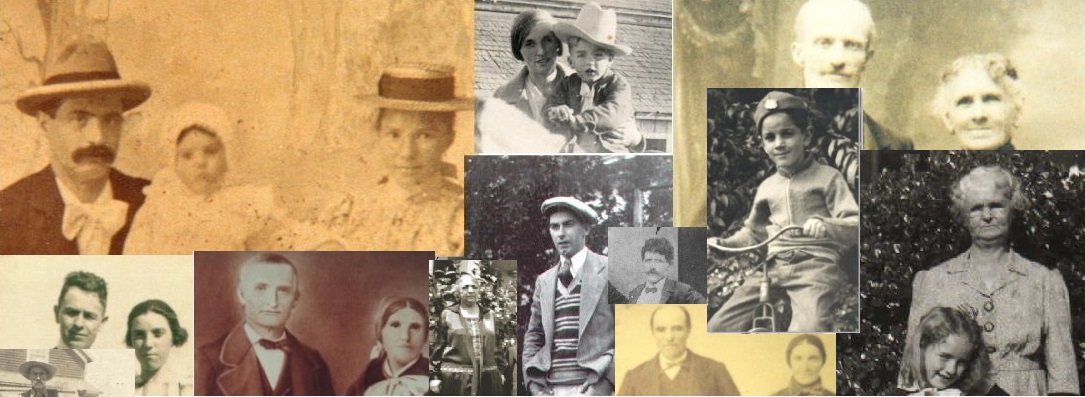My dad served in the Korean Conflict in 1951-1952. He was stationed in Hokkaido, Japan for most of that time. As I was sifting through his photo album, I was hit with the historical significance of his photographs. They show the beginnings of the integration of the United States military–the end of segregated service.

On 26 Jul 1948, President Harry S. Truman signed executive order 9981. With a single stroke of his pen, he set into motion the wheels that would allow military personnel no matter their race to serve together.
“It is hereby declared to be the policy of the President that there shall be equality of treatment and opportunity for all persons in the armed services without regard to race, color, religion, or national origin.”
With those words, Truman swept aside a painful part of our history. We would close the book on segregation in the military. The change did not occur overnight. If fact, half the work fell on the shoulders of President Eisenhower. As we saw with the end to discrimination against Gays in the military, there were studies to be done, timelines to be made, and rules to be changed. This would take years, not weeks.
When President Eisenhower took over in 1953, he continued Truman’s work. In 1954, the last all black units was abolished.
Looking at these photographs documenting my dad’s time in the army, I realized that history was unfolding before me. The photos in this article were taken between 1951 and 1952. . As you can see, his division was integrated.
I wish I had the sense to ask my dad about the people he served with. I would have gained insight on how this change affected the people involved. So much had changed between World War II and Korea. I’m sure it wasn’t easy. This was a volatile time in America and change is never easy. Most of the time it comes along kicking and screaming.

I know that my dad was prejudiced. He was a product of his times. Yet, I know my dad was fair and cheered the underdog. I would like to think that he treated everyone in his division the same because they all were all in it together. They had to have each others’ backs. It was war after all. (Yes, Dad, I know…it was a police action. He hated when you called the Korean Conflict a war.)
Now I look at these photos differently. I see people thrown together willingly and reluctantly. Perhaps the experience was enlightening and they came to understanding each other a little better. Maybe they even became friends.
These simple mementos from a period in my dad’s life are a reflection of America as it evolved. We’ve sure come a long way, haven’t we?
—–
Sources:
1. Harry S. Truman Library. Desegregation of the Armed Forces Collection.
2. Melody Lassalle. My Dad was a Korean Conflict Veteran
3. OurDocuments.Gov. Executive Order 9981.







